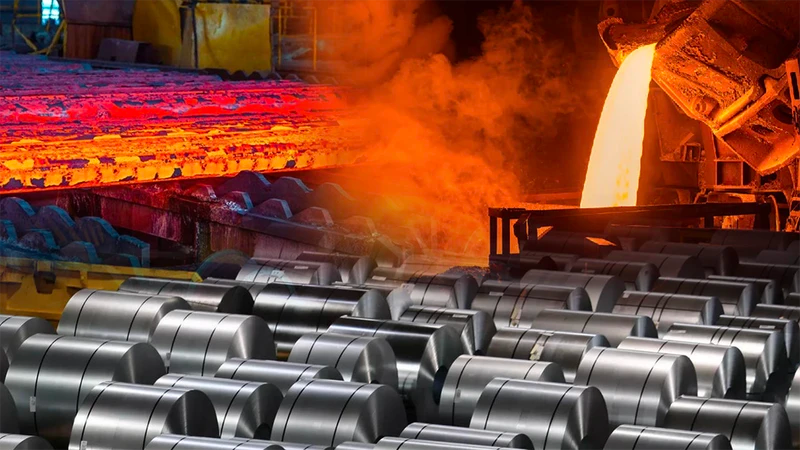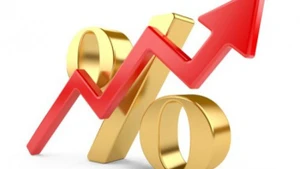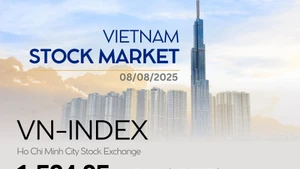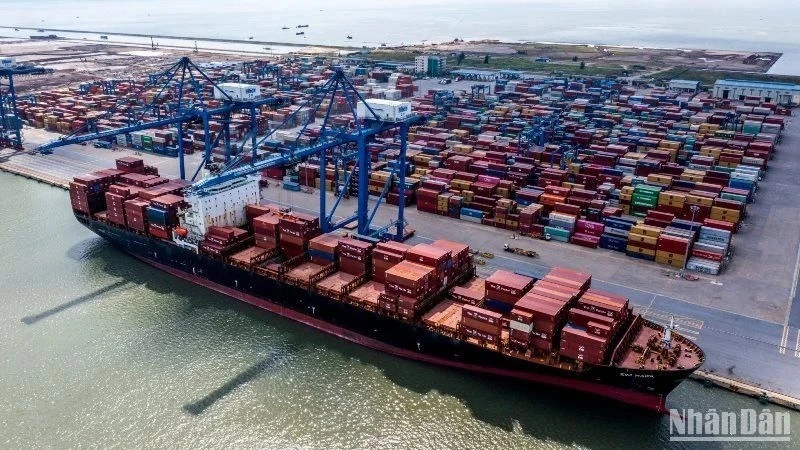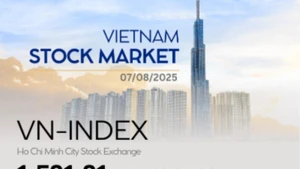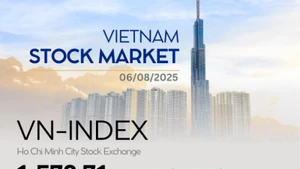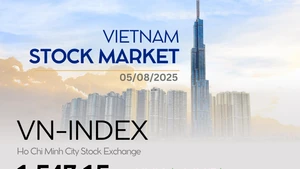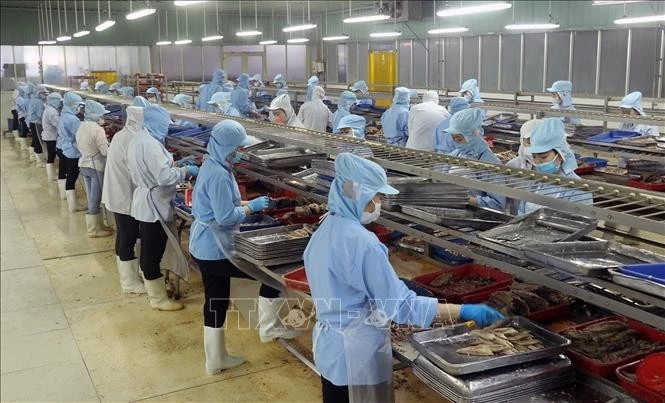In 2024, the FED's move to cut interest rates will support base metal prices. But the factor with a stronger impact on the price movements of this group of products is the balance of supply and demand, said Pham Quang Anh, Director of Vietnam Commodity News Centre.
By the end of 2023, while the Chinese economy is still in the gloom, India — the world's second largest metal consuming market — is considered a "bright spot" with a breakthrough GDP growth rate of 7.6 %. Thus, India currently remains the fastest-growing major economy in the world.
In parallel with economic development, India's basic metal demand is also expanding. According to Fitch Ratings, India's steel demand may increase by 11% in 2024 and another 9% in 2025. This promises to help the iron and steel industry "return to the race".
Regarding primary metal products, Goldman's latest report said the market will have a shortage of about 1.32 million tonnes of aluminium in 2024, almost double the deficit in 2023, mainly due to aluminium production cuts in China. Therefore, aluminium prices may also skyrocket in 2024 due to supply scarcity.
On the contrary, copper prices are expected to grow better in 2024 thanks to its key role in the renewable energy industry, but the increase will be limited due to the impact of the global economy, especially regarding China. Furthermore, according to a report by the International Copper Study Group (ICSG), after 10 consecutive years of deficits, the copper market will have a surplus of 467,000 tonnes in 2024.
The nickel market will also see a surplus of 239,000 tonnes this year due to excess supply of low-grade nickel. According to Nornickel, the percentage of nickel used in the production of electric vehicles and LFP batteries is being cut as manufacturers try to reduce costs. This also weakens consumer demand and affects nickel prices.
The difference in supply and demand in the market may cause metal product prices to diverge in 2024. However, in the long term, many experts believe that a new metal supercycle is inevitable, possibly starting within this decade, due to the remarkable development of renewable energy.
The most recent metals supercycle began in 2000 as China's rapid development led to prices for metals such as copper, steel, and other base metals exploding until 2011-2012.
According to the IEA, demand for copper, cobalt, lithium, and nickel will grow strongly until 2050, mainly in the renewable energy sectors. JP Morgan also believes that even the most conservative demand acceleration scenario will be a significant tailwind to commodity prices in the coming years.
Green economic development, energy conversion, and emission reduction are inevitable and irreversible trends that Vietnam cannot stand aside from. Therefore, in July 2023, Prime Minister Pham Minh Chinh, Head of the Steering Committee for implementing Vietnam's commitments at COP26, issued a series of specific tasks to achieve the above goal.
In particular, the Government also introduced many policies to encourage models and businesses to develop in the direction of reducing greenhouse gas emissions with net-zero emissions targets. Accordingly, from 2025, this transition will see clear results. At that time, metal will become a precious material like the "black gold" of the future.
Furthermore, Vietnam is also moving according to international trends and contributing significantly to metal consumption, including applications in the production of environmentally friendly vehicles such as electric and hybrid vehicles, according to the Vietnam Automobile Industry Development Strategy to 2025, vision to 2035.
In addition, our country is also trying to convert power sources to clean energy, while taking full advantage of the country's solar energy technical potential.
With a total technical solar energy potential of 963,000 megawatts (MW), Vietnam is among the 10 countries with the largest installed capacity potential in the world.
The goal is that by 2050, Vietnam's installed solar power capacity will account for 34.4% of the total installed capacity, reaching 189,294 MW. Participating in this transition, both precious metals and base metals will play increasingly important roles.
